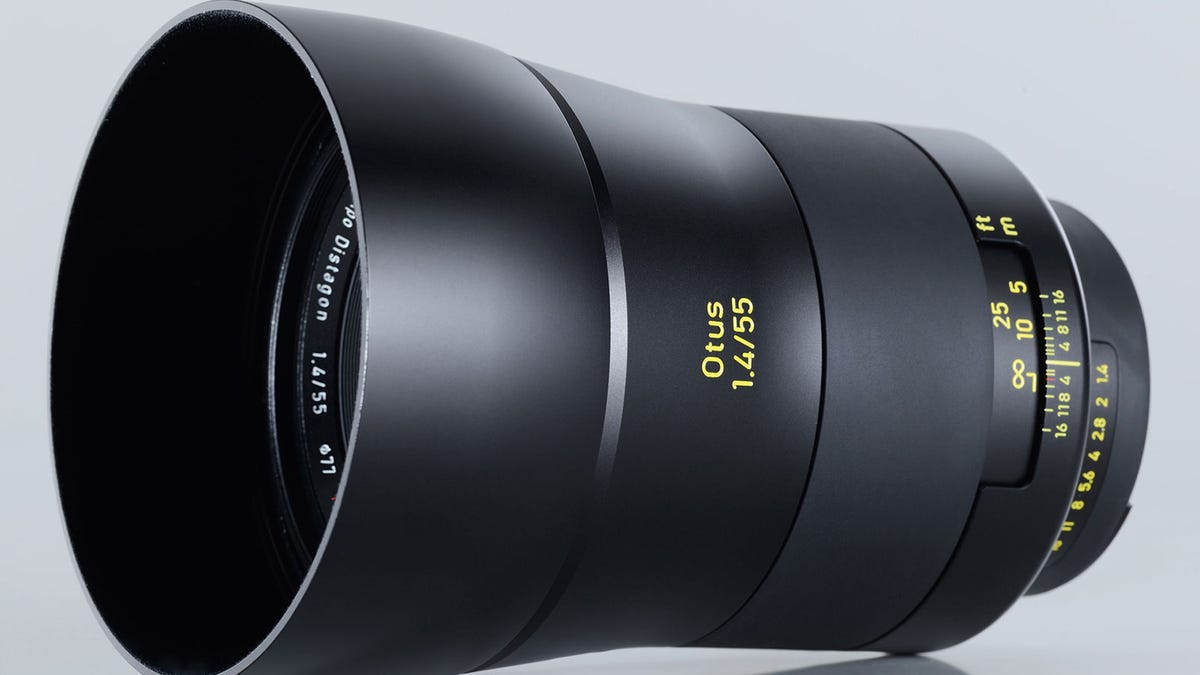Zeiss Otus 55mm f1.4 lens tests show unparalleled sharpness
Few photographers will buy the $4,000 lens, but many will covet its performance, judging by new tests by LensRentals and DxO Labs.
What do you get when you build a lens without caring overmuch how much it'll cost? Carl Zeiss's new Otus 55mm f1.4.
It costs $4,000, but so far it delivers stellar sharpness, according to rigorous new a test by LensRentals' Roger Cicala and DxO Labs' DxOMark score.
"By f/2.8, this lens is already sharper than most excellent lenses will get at any aperture...Zeiss did what they said they had done: gave it exceptional performance even in the corners at widest aperture," said Cicala, who tested the lens on a Nikon D800e. That camera has a very high resolution 36-megapixel image sensor and, for a little bit of extra sharpness, omits the antialiasing filter that's present in its D800 sibling.
And DxO Labs put the Otus 55mm at the top of its ranking of dozens of lenses, with an "excellent" DxOMark score of 45 on the D800. The closest rival is Nikon's 85mm f1.4 with a score of 40.
It's not a lens for everybody, of course, given the price and the lack of autofocus that's so useful to many photographers. But Zeiss has a loyal following for its premium lenses, and there are lots of professionals and and rich enthusiasts in the photo market. If nothing else, the high scores show how much room there is for improvement in the rest of the lens market.
Zeiss plans more Otus models, too -- an 85mm f1.4 due in mid-2014 and a wide-angle model after that, according to an HDSLR interview with Zeiss' Rich Schleuning.
The need for sharp lenses has been increasing with the arrival of SLR with very high megapixel counts -- originally from Canon, and now from Nikon and Sony. There's no point in adding megapixels if a lens isn't sharp enough to transmit real-world details at the resolution of the sensor. The result has been a new breed of lenses with high resolving power.
And like the Zeiss, some of those lenses are coming from third-party manufacturers, not the dominant camera makers, Canon and Nikon. Sigma has been on a roll recently, scoring high with its Sigma's 18-35mm f1.8 lens for lower-end SLRs and its 35mm f1.4 and 120-300mm f2.8 lenses for full-frame SLRs, for example.
The new lenses put new pressure on medium-format camera makers, too; the high image quality narrows the gap between conventional full-frame SLRs and extremely expensive cameras with even larger sensors. And as Zeiss doubtless is aware, medium-format photographers are less likely to freak out about the Otus price.


